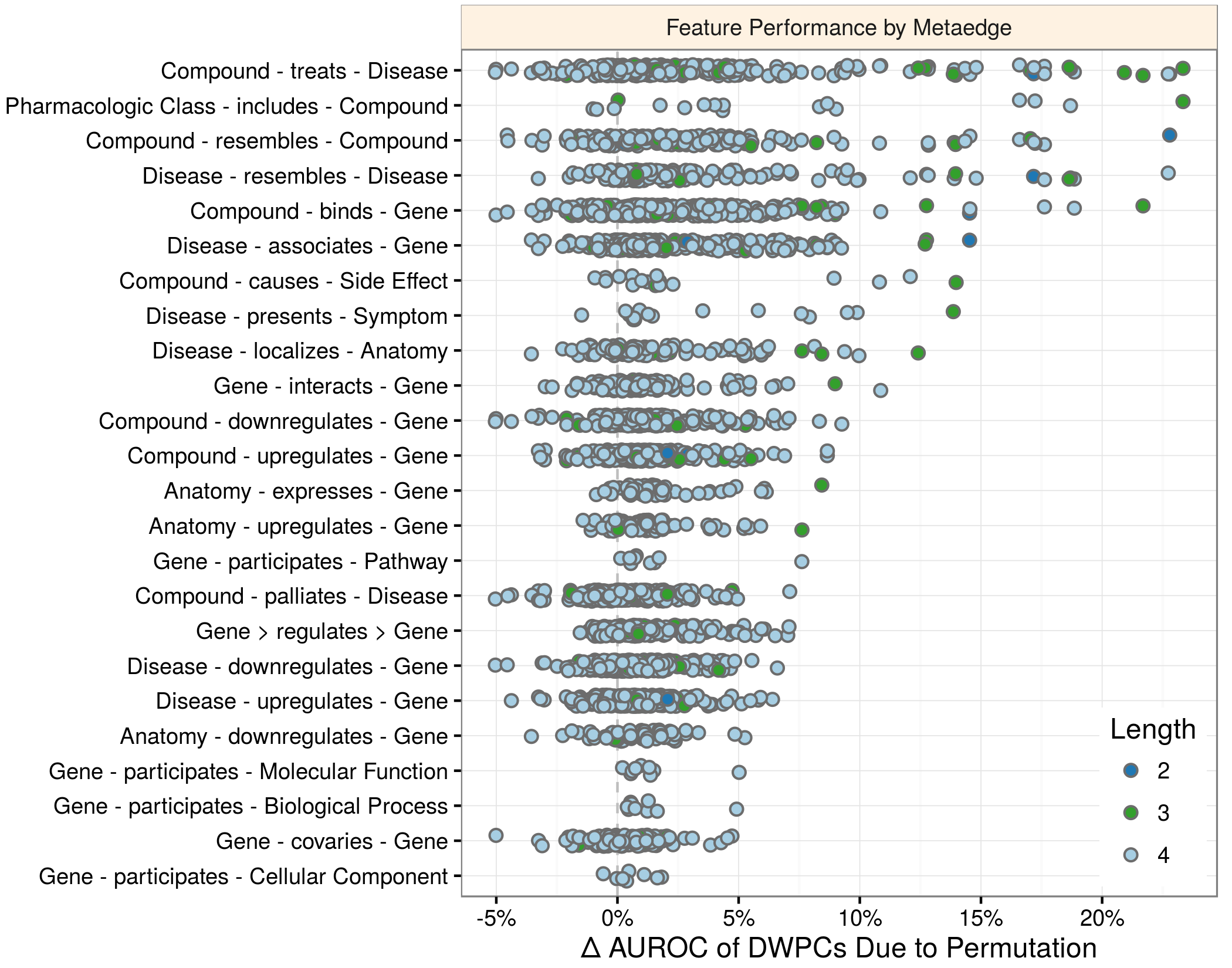
|
|
|
Status:
Open
Views
114
Topics
Referenced by
Cite this as
Daniel Himmelstein (2015) Assessing the informativeness of features. Thinklab. doi:10.15363/thinklab.d115
License
Share
|



